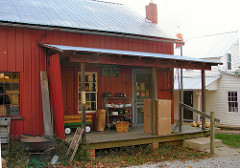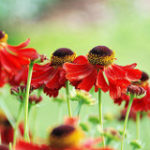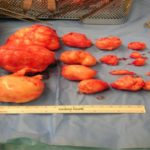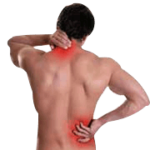Diabetes is a disorder characterized by hyperglycemia, hyperlipidemia, glycosuria and negative nitrogen balance.
It is of 2 types: a) Diabetes mellitus (DM) b) Diabetes insipidus.
Diabetes mellitus is further categorized into 2 types: a) type 1 DM b) type 2 DM. Many potent herbs have been discovered since ancient times which are known to cure diabetes effectively.
Below is the mention of some herbal plants, their active products, mode of action of active products and the plant parts providing these products.
1. Allium cepa and Allium sativum
Common Name: Onion (allium cepa) and garlic (allium sativum)
Active Compounds: Allyl propyl disulphide and Diallyl disulphide oxide.
Action: These compounds lower glucose levels by completing insulin. They increase release of insulin and also decrease insulin destruction. Also allyl propyl disulphide has a property of competing with insulin for insulin inactivating sites in liver which leads to higher insulin concentration in blood and hence lowering of blood sugar level. Allyl propyl disulphide in doses of 125 mg/kg in fasting humans causes marked fall in blood glucose levels and also known to increase serum insulin. The extract of onion reduces blood sugar levels during oral and intravenous glucose tolerance. These effects are similar in both raw as well as boiled onion extracts. Some very important and additional cardio-vascular benefits are also present. These are a) lowering of lipid levels b) inhibition of platelet aggregation c) anti-hypertensive action.
2. Pterocrapus marsupium
Common Name: Pitasara, Indian kino.
Active Constituent: Epicatechin (obtained from bark)
Action: Epicatechin helps in prevention of beta cell damage induced by Alloxan in rats. It also possesses capability of regenerating functional pancreatic beta cells.
3. Gymnema sylvestre
Common Name: Cherukurinja
Action: It is known to increase production of insulin in pancreas.
It also decreases craving for sweets.
It has been known to increase insulin effect in type 1 and type 2 diabetes patients.
It also provides assistance to pancreas in the production of insulin in type 2 diabetes patients. In type 2 patients it can be a good substitute for oral blood sugar lowering drugs.
500 mg gymnema extract has been found to effective.
4. Mimordica charantia
Common Name: Bitter melon
Active Compound: Charantin & polypeptide-P.
Charantin is known to be the hypoglycemic agent.
Active compounds are obtained from fresh juice or extract of the unripe fruit.
Action: Primarily the action is to lower the blood sugar level. It is to be avoided in small children. Excessive dose can cause diarrhoea and pain in abdomen.
The oral administration of 50-60 ml of the juice has shown beneficial results in clinical trials.
5. Trigonella foenumgraecum
Common Name: Fenugreek
Active Compounds: Trogonelline, coumarin, nicotinic acid. These compounds are found in the seeds.
6. Blueberry leaves
Active Compound: Myrtillin. It is an anthocyanoside compound which possesses several unique properties. One of them is prevention of free radical damage. This property is helpful in diabetic retinopathy. In diabetic retinopathy it is used as anti-hemorrhagic agent. Single dose produces good beneficial effects which may last several days.
7. Asian ginseng
Action: It increases release of insulin from pancreas. Also increases the number of insulin receptors. It also has a direct lowering effect on blood sugar level. Recent research shows that 200 mg ginseng extract per day improved blood sugar control in non insulin dependent diabetes mellitus patients.
8. Bilberry
Use: it is very helpful in cataracts and diabetic retinopathy.
9. Stevia
It does not possess any direct anti-diabetic property but when used as a sweetener it is known to decrease the sugar levels.
10. Ginkgo biloba
Use: it is quite useful in diabetic neuropathy.
Reserved by funny jokes










Leave a reply